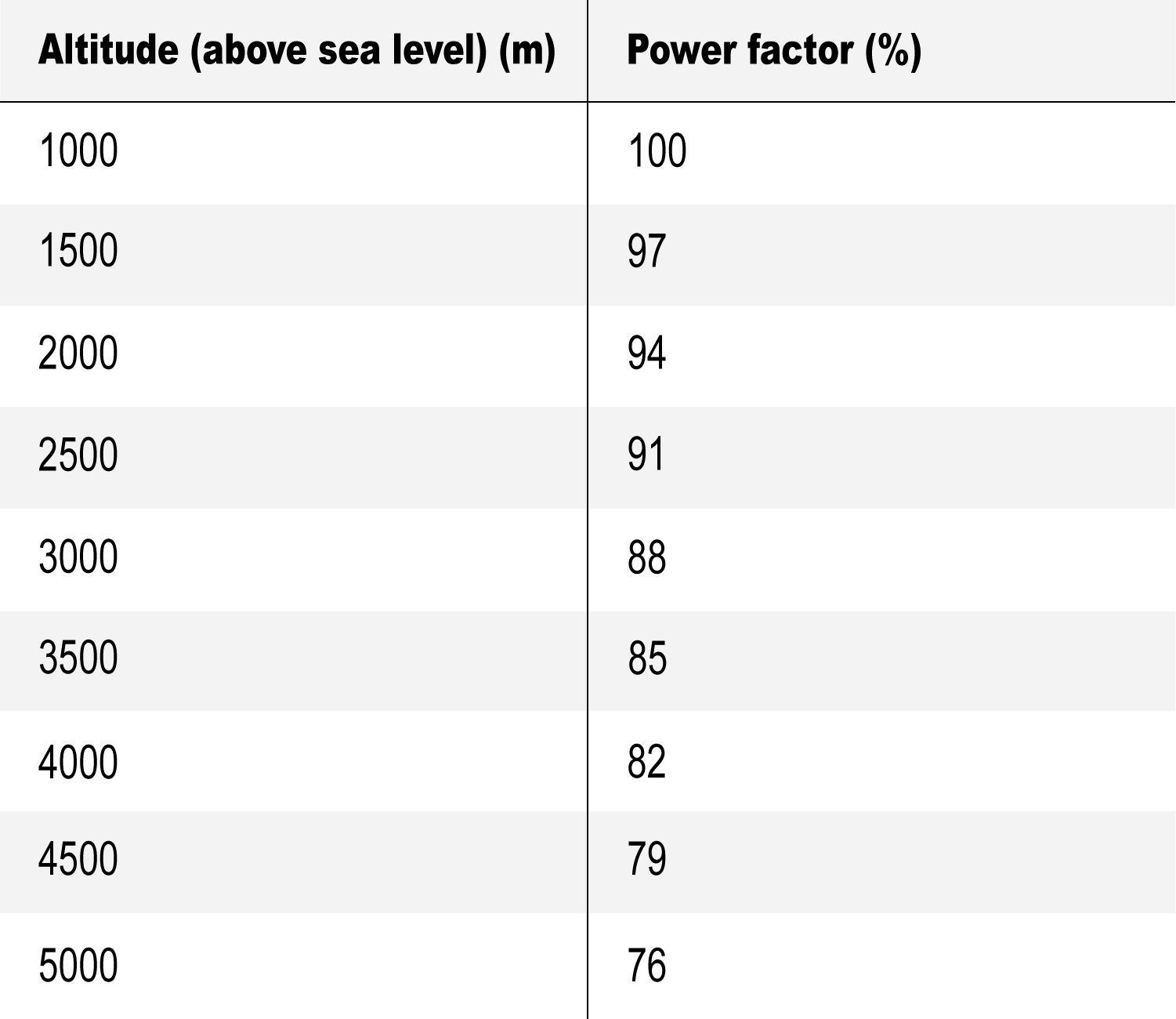Ambient temperature, altitude, and motor operation
Standard ratings of Fabrika motors
All Fabrika motors are designed to operate in ambient temperatures from -20°C to 40°C and at altitudes up to 1000 meters above sea level as standard. Most of these motors are produced with thermal class F (155°C) insulation materials and designed with a class B (80 K) temperature rise, to account for variables in ambient temperature, altitude, and grid voltage fluctuations, by having a 25 K temperature tolerance margin. Additionally, this margin often aids in extending the service life of motors.
Fabrika also offers motors specifically designed for applications requiring extended service life, wider temperature ranges, or operation at higher altitudes.
Ambient temperature and motor operation
To ensure electric motors reach their full-service life, it is crucial to adhere to thermal limits. As motors generate internal heat during operation due to electric and mechanical losses, it may be necessary to reduce the motor's power when operating in hotter climates to stay within these thermal limits. This necessary power reduction is known as the “power factor” and is expressed as a percentage of the nominal power rating. The relationship between ambient temperature and the power reduction factor is shown below (Table 1: Ambient temperature and motor power reduction factor).

Table 1. Ambient temperature and motor power reduction factor
Altitude and motor operation
Altitude is another factor that affects motor operation. At higher altitudes, the cooling efficiency of electric motors decreases due to a reduction in air density, which occurs at greater altitudes. The reduced air density means that fewer air molecules are present to absorb heat from the motor, which naturally limits the motor’s capacity for heat dissipation. To prevent overheating and premature failure, motor power often needs to be reduced as a result. The relationship between altitude and the power factor is shown below (Table 2: Altitude and motor power factor).

Table 2: Altitude and motor power factor
Complete overview
The power factors from both ambient temperature and altitude can be combined into a total table as shown below (Table 3: Ambient temperature, altitude, and motor power factor).

Table 3: Ambient temperature, altitude, and motor power factor